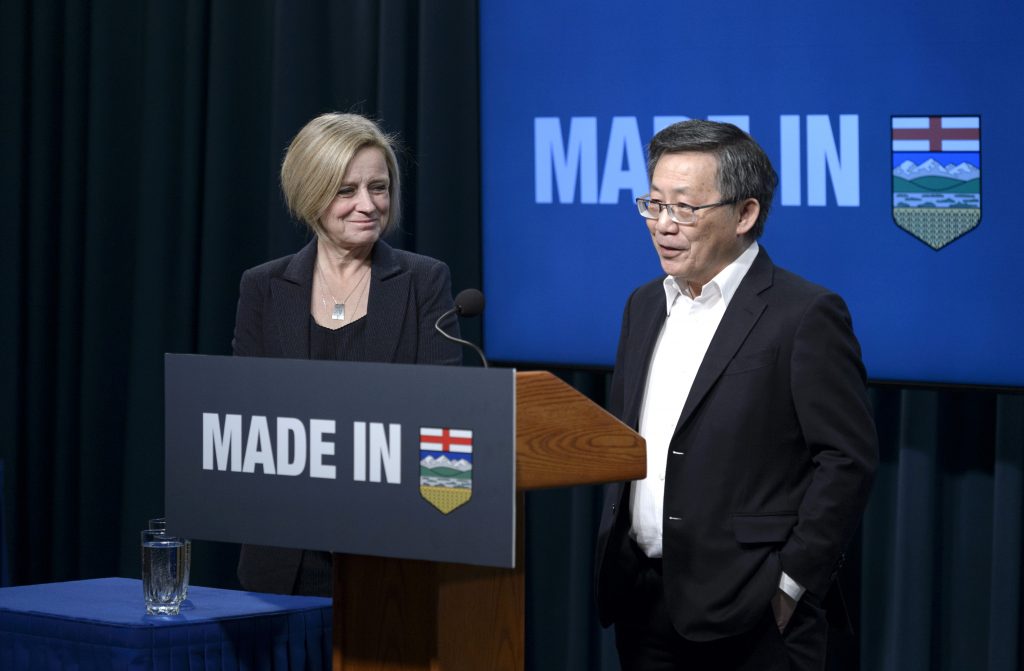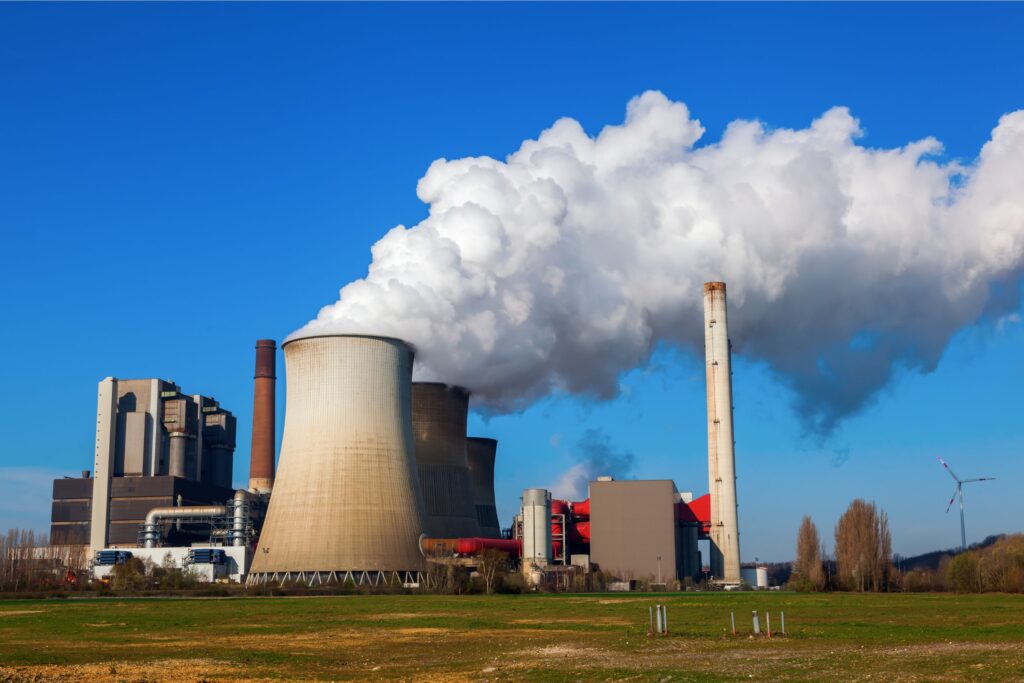You’d probably have to be living under a rock to have missed the $30 million ad campaign being blasted everywhere right now by the Alberta government.
The main message of the Keep Canada Working campaign: Alberta is losing $80 million per day because there aren’t enough pipelines transporting tar sands crude to tidewater. The claim is that the lack of pipeline capacity forces Alberta producers to sell at a lower price than US producers in order to compete.
There are multiple layers of deception to this ad campaign. And not just because ads touting an oil pipeline are full of windmills, solar panels, and children playing in grassy fields.


$80 million a day in lost revenue sounds like a lot. Except it’s a lie wrapped in multiple layers of deception.
The Keep Canada Working campaign mysteriously doubles an already dubious number
First things first – I’m not sure how Alberta wound up at $80 million. The figure supposedly comes from a Scotiabank report from February 2018. But wait a second -the conclusion of that report was that $30 million per day was being lost. How did it get to $80 million?
Initially, I guess the Alberta government decided that $30 million wasn’t enough. They just ignored that conclusion, and instead picked a higher number ($40 million per day) that didn’t take into account that oil companies could reduce losses by shipping oil by rail. So $40 million was the initial figure used in the Alberta ad campaign.
Then, inexplicably, that figure was switched in the ads to $80 million per day. How did it double? Who knows? But apparently government ads don’t actually have to tell the truth.
Pipeline or not, most Canadian oil is being sold at the normal price
But even the Scotiabank report has been heavily criticized by multiple economists for being highly misleading. That’s because it makes serious mistakes, including assuming that every single barrel of oil out of Alberta is being sold under market rates.
In fact, only about 20% of tar sands crude is sold “at a discount” as it’s called. The rest of the heavy crude supply is purchased at the full market price due to numerous factors. A lot of oil goes into refineries in Canada or the US that are owned by the producers. Or oil producers have entered into long term contracts with refineries at a set price. Or it ends up on the US Gulf Coast, and gets a global price.
Strange that Scotiabank just ignores this. Maybe it’s because they have billions at stake in the oil business, including the tar sands?
(It’s probably also worth noting that in 2017, Canada’s big five oil companies had gross profits of $46.6 billion.)


Tar sands are harder to refine, so it’s always sold for cheaper
But there’s still more fudging to this story.
There’s a natural discount that tar sands crude faces for two reasons: it’s far from markets and it is lower quality. This is not just an environmentalist being mean. Tar sands crude is thicker, contains a lot of sulphur, and requires additional costs to refine into a usable product. That natural discount has been assessed at $15-20 per barrel.
Despite all the handwringing about the discount, the average difference in price between tar sands crude and lighter, lower sulphur, U.S. oil was only $23 per barrel in 2018. That’s slightly above the natural discount, but it’s not because of lack of pipelines.
Two other factors are at play. Recent spikes in the discount have occurred because of the shutdown of the Keystone pipeline (due to a spill) and refinery maintenance shutdowns. Now that these events are behind us, the price differential is down to $11 per barrel…less than the natural discount.
Asia pays less – not more – for heavy crude
One final, big deception is the claim that getting tar sands crude to Asia via a pipeline to tidewater will increase the price it sells for. And yet, compared to Gulf Coast refineries, Asian markets pay less, not more, for heavy crude from Alberta. Those markets have access to light, sweet crude from the Middle East.
Oil producers want the TransMountain pipeline so they can keep expanding production. Meanwhile, as we approach an Alberta election, political leaders are trying to outdo each other in their support for the oil and gas industry and their millionaire execs. And hey, if every time the oil industry complains, politicians fall over themselves to provide exemptions, subsidies and massive ad campaigns – why wouldn’t they milk it?
Clearly there are Canadians and Albertans who are angry to hear that a public resource isn’t getting its full value, and for good reason. But they’re being roundly deceived. And if greedy oil executives and opportunistic politicians get their wish, the result may be Canadian energy policy going in a very wrong direction.
Stay informed about Environmental Defence’s work on climate change. Join our email list.







